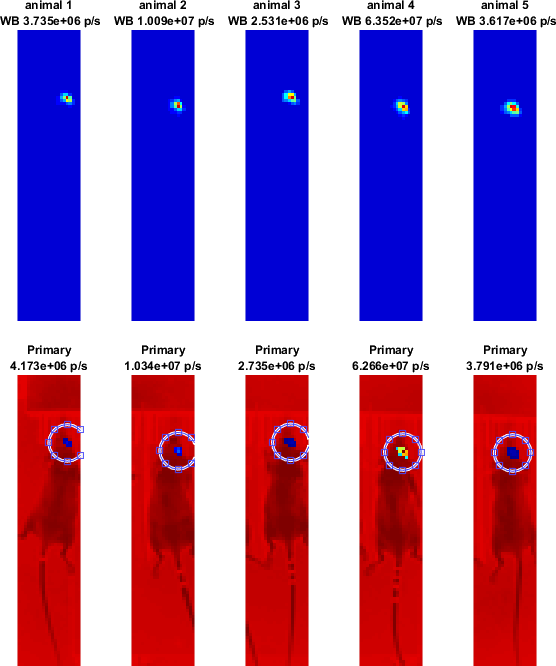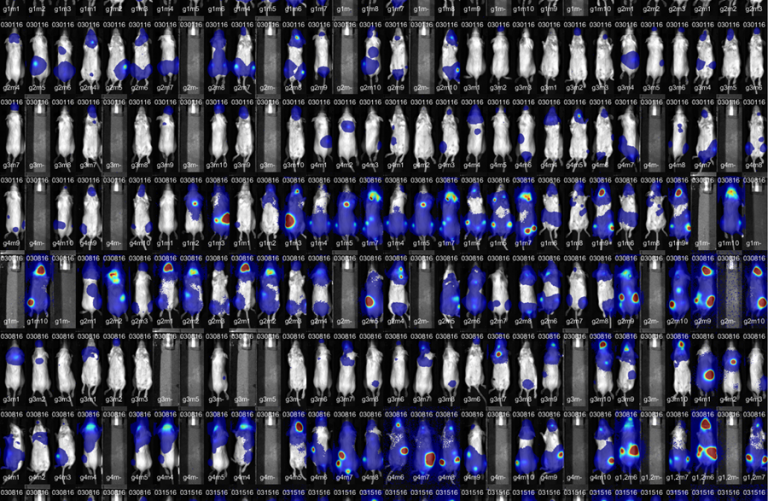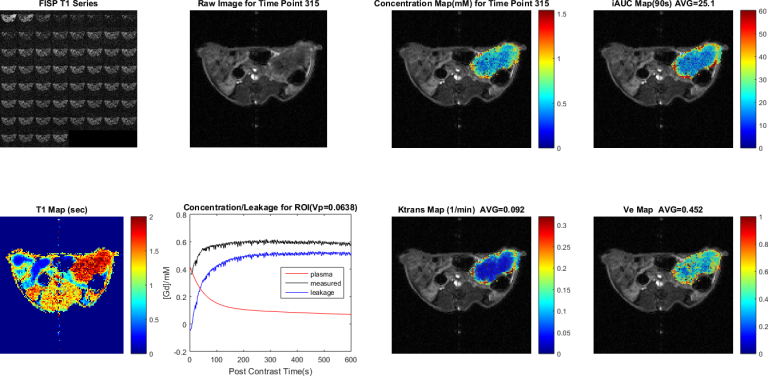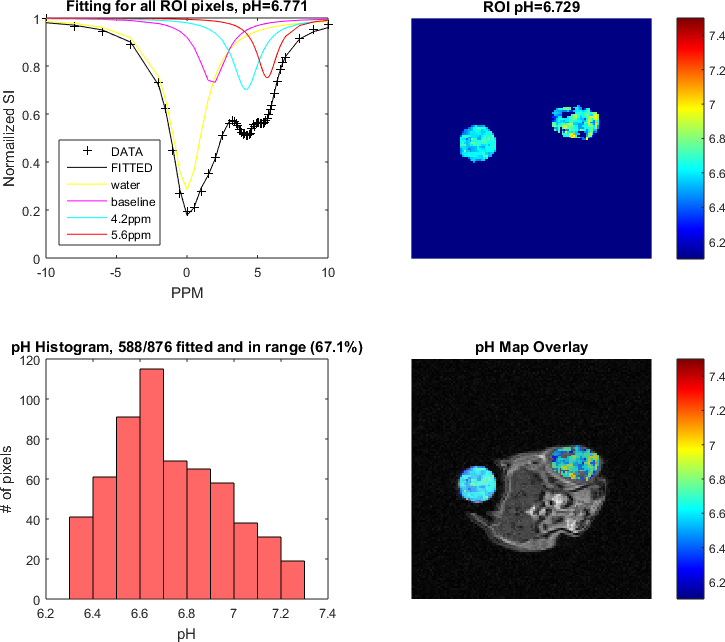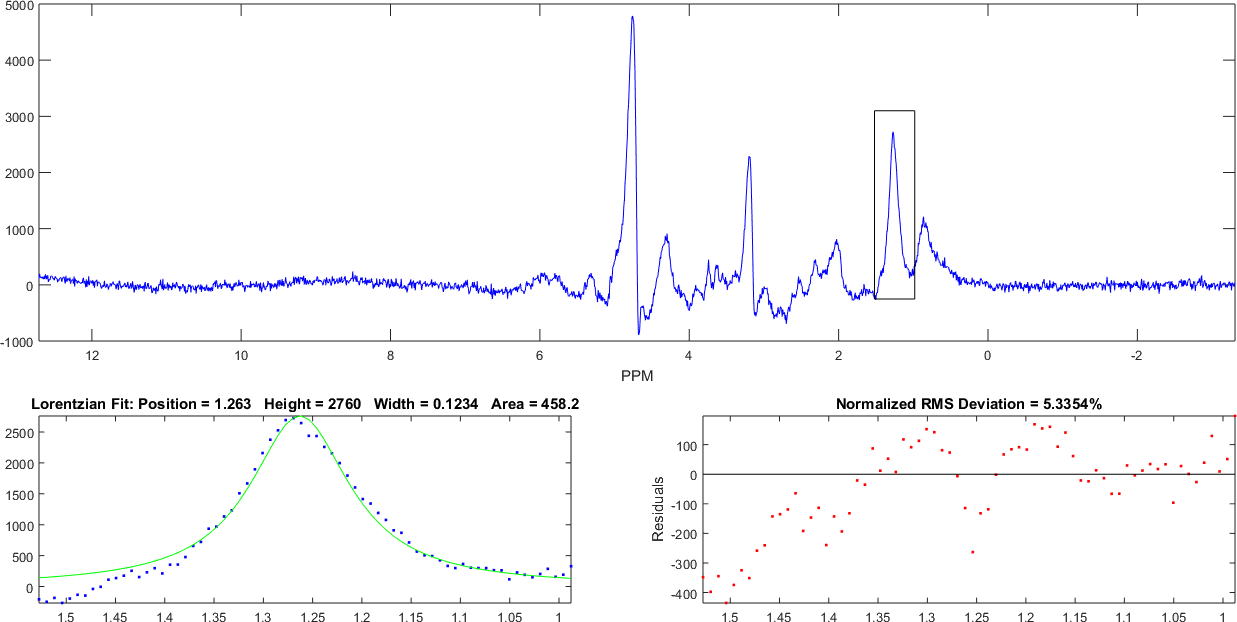BLIZZARD™ for BLI Analysis
Fully Automatic, High-throughput Signal Analyzer with Multiple Disease Model Support
Automation of image analysis does not just boost our throughput; it substantially increases the accuracy of analysis since human bias is eliminated. Both are showcased in our fully automated BLI data analysis using our BLIZZARDTM tool. Users only need to specify a folder containing raw data to be analyzed, and BLIZZARDTM automatically identifies and analyzes it, performs whole-body signal and/or localized signal based on the tumor model, then writes results with subject information into an Excel data sheet. Analysis of hundreds of subjects only takes a few minutes. No manual creation of region of interest (ROI) over signal is needed, greatly reducing analysis time. The human side of BLIZZARDTM offers a result inspection view for quality assurance, and a representative image feature enabling a user to quickly export results across different time-points in a study on a global scale for review and comparison purposes. Since its release, BLIZZARDTM has made our already successful BLI imaging service even more compelling.



